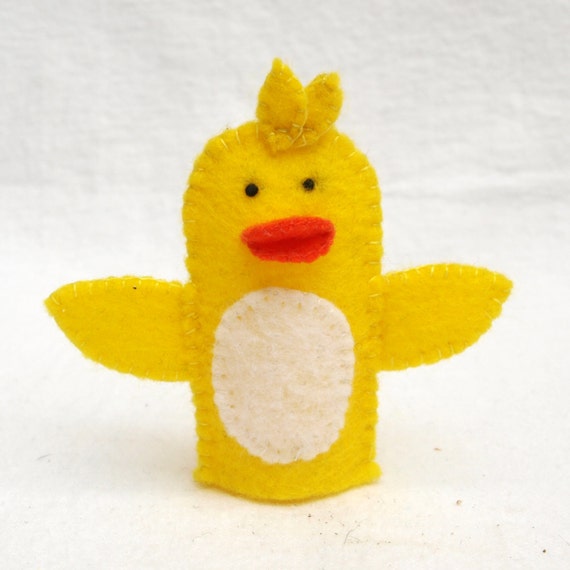The mains aims of this activity are:
- To develop the ability to distinguish between living (animate) and nonliving (inanimate) things.
- To develop the ability to distinguish between plants and animals.
- To practise using substitute signs and symbols to represent real objects.
- To foster the pleasure of connecting with nature.
- To introduce the concept of classification -use specified categories to group living things.
DEVELOPMENTO OF THE ACTIVITY
1. To begin with, we are going to spread all the pictures (objects, plants, animals) on the floor and help the children group them into two families: living things (animate) and non-living things (inanimate).
Now play "Alive/Not alive": name a picture that belongs to one of the families, if it is alive, the children jump; if it is not alive they stand still.
2. Take away all the pictures of inanimate objects and spread the pictures of the plants and animals on the floor, asking the children what they all have in common. lf necessary, remind them that these are pictures of living things (animate).
Following, put out the schematic drawings of the houses and ask two or three children to divide the living things into two families.
3. Ask the children to help you create symbols for the plant family and the animal family house. Let them make suggestions and choose the best ones. Alternatively, show them how to draw appropriate symbols and place each symbol next to the correct house.
Then, make two flags and put the animal symbol on one of the flags and the plant symbol on the other. Shuffle the pictures and then have the children help you place all the pictures in "Plant land" or "Animal land".
Then, ask the children about the differences between the "inhabitants" of plant land and animal land. ln the course of the discussion, help the children reach the following conclusions:
- Plants make their food themselves, using their leaves; they need sunshine, air and water to do this.
- Animals cannot make their own food.
Following, take all the animal pictures and talk about what the different animals eat. Then, divide the animals into two categories (two animal families) with plant eaters (herbivores) in one family and meat eaters (carnivores) in the other.
RESOURCES

 | ||||||






